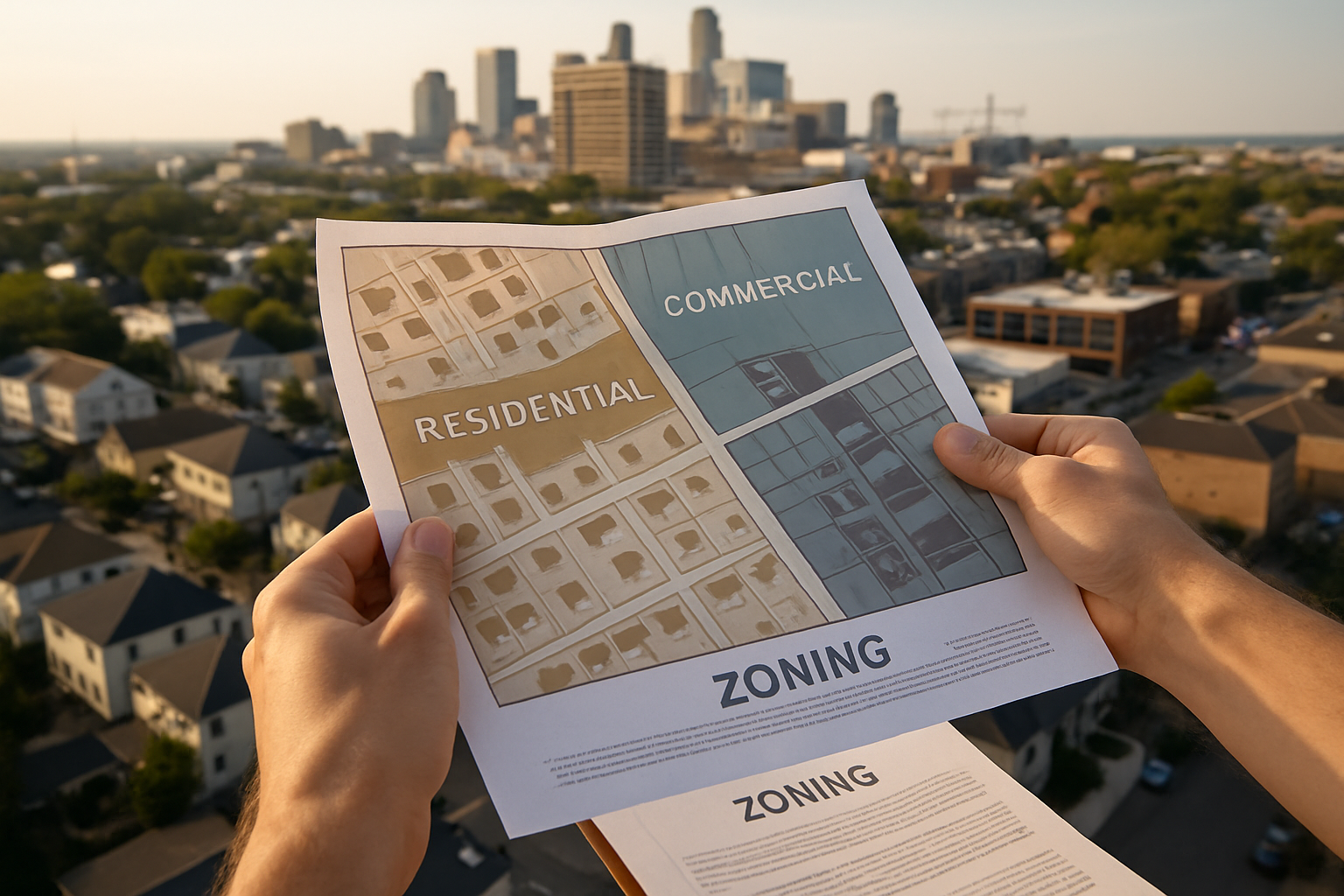Understanding Valuation Methods for Cross-Border Property Deals
Cross-border property transactions require clear valuation to align expectations and manage risk. This short overview highlights why appraisal approaches, market data, and local regulations matter when assessing housing, commercial buildings, and mixed-use listings in other jurisdictions.

Valuing a property across borders combines local market insight, standardized appraisal techniques, and attention to legal and financing differences. Investors, lenders, and occupiers must balance comparable sales, income projections, and replacement costs while accounting for currency, tax regimes, and zoning constraints. Clear documentation and transparent assumptions help bridge gaps between differing housing markets, commercial expectations, and mortgage practices.
Valuation and appraisal methods
Appraisal approaches commonly used in cross-border deals include the sales comparison, income, and cost methods. The sales comparison method relies on comparable listings and recent transaction data in the same neighborhood or city, which can be sparse in less liquid markets. The income approach is used for rentals and commercial properties, projecting net operating income and applying a capitalization rate that reflects local investment risk. The cost approach estimates replacement cost minus depreciation, useful for new construction or specialized buildings.
Property types: residential and commercial differences
Residential and commercial properties require different inputs. Residential valuation often emphasizes neighborhood trends, occupancy rates, and buyer demand, while commercial valuation focuses on lease terms, tenant mix, and income stability. Zoning and permitted uses affect commercial values more directly; a property that is viable for retail or office in one jurisdiction may face restrictions in another. For mixed-use buildings, combine residential comparables with income modeling for commercial components.
Financing, mortgage, and investment considerations
Financing conditions vary by country and influence valuation. Mortgage availability, typical loan-to-value ratios, interest rates, and local underwriting standards affect buyer demand and feasible pricing. Investors should adjust income projections to reflect realistic financing costs; financing constraints can lower occupancy assumptions or raise capitalization rates. Currency risk can change effective returns on investment if income or debt service is in different currencies.
Listings, renovation, and occupancy impacts
Active listings and recent renovations shape perceived value. Renovation quality and compliance with local building codes influence appraisal adjustments and financing eligibility. Occupancy history and lease documentation are critical for rental-based valuations: stable occupancy supports higher income multiples, while high vacancy or short-term leases increase risk premiums. Physical condition assessments and cost estimates for necessary renovations should be included in the valuation model.
Neighborhood, zoning, and regulatory factors
Local neighborhood dynamics and zoning rules can materially change value in cross-border deals. Proximity to transport, services, and employment centers affects residential demand; for commercial assets, zoning determines permissible activities and expansion potential. Environmental and land-use regulations, heritage listings, or upcoming public projects can either constrain or enhance long-term value. Verify permits, recent zoning changes, and enforcement practices when interpreting comparable data.
Appraisal transparency and listings data challenges
Data quality is often the limiting factor for cross-border valuations. Public listings, sales records, and tax assessments vary in accessibility and reliability across jurisdictions. Appraisers should document data sources, adjustments made for differences in market liquidity, and assumptions about renovation costs or financing. Where direct comparables are limited, sensitivity analysis helps illustrate how value changes with different occupancy rates, cap rates, or renovation scenarios.
Conclusion Cross-border property valuation combines established appraisal methods with careful attention to local financing, regulatory, and market nuances. Use multiple approaches—sales comparison, income, and cost—where applicable, and document assumptions about occupancy, renovation, and financing. Transparent modeling and sensitivity testing reduce surprises and support clearer decision-making for housing, commercial, and investment transactions across borders.





